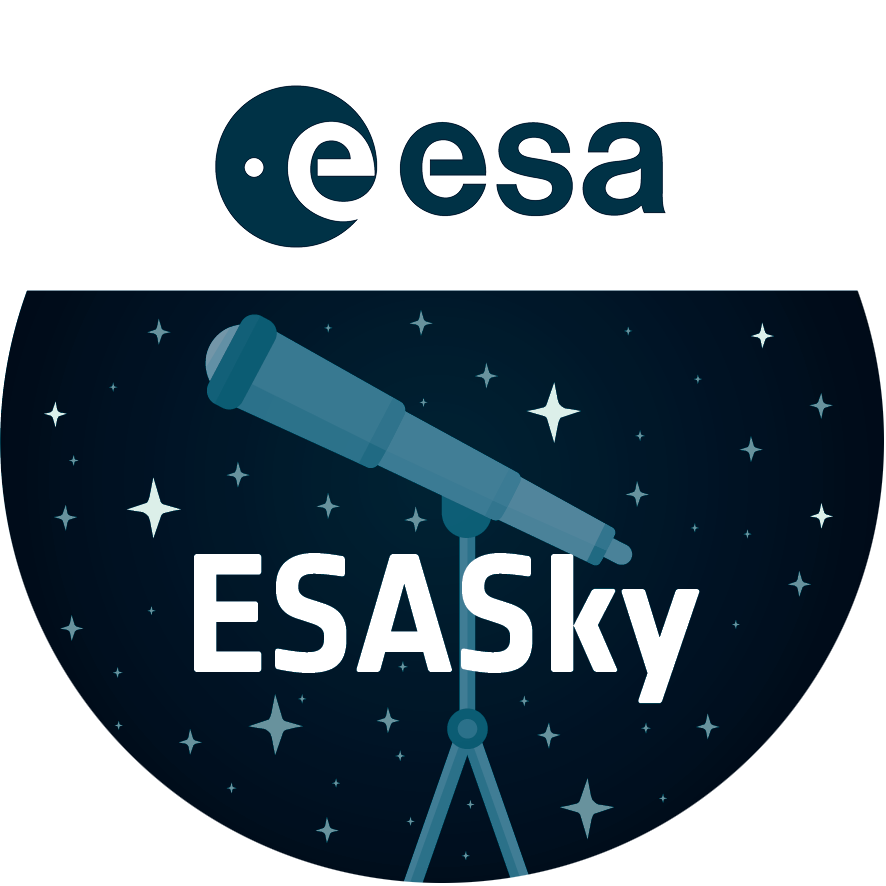GN-z10-1 in the GOODS-N field
This image shows an ultra-bright young galaxy known as GN-z10-1, discovered in the Hubble GOODS North field (Great Observatories Origins Deep Survey).
Researchers found four unusually red objects, including GN-z10-1, that appear as they existed just 500 million years after the Big Bang. They appear red because their light has been stretched to longer infrared wavelengths by the expansion of the Universe. These extremely compact and bright galaxies present a puzzle to researchers because they are much more luminous than anything previously seen at such an early epoch. The young galaxies are bright because they are forming stars at a much faster rate than for other galaxies found at such early times.
Links:
- NASA Press release
- Distant galaxies in the GOODS North survey
- The Hubble GOODS North field (GOODS-N)
- GN-z10-3 in the GOODS-N field
- GN-z9-1 in the GOODS-N field
- GN-z10-2 in the GOODS-N field
NASA, ESA, G. Illingworth (University of California, Santa Cruz), P. Oesch (University of California, Santa Cruz; Yale University), R. Bouwens and I. Labbé (Leiden University), and the Science Team
About the Image
About the Object
| Name: | GN-z10-1, GOODS North Field |
|---|---|
| Type: | Early Universe : Galaxy Early Universe : Cosmology |
| Constellation: | Ursa Major |
| Category: | Cosmology Galaxies |
Classic Wallpapers
Coordinates
| Position (RA): | 12 36 25.44 |
|---|---|
| Position (Dec): | 62° 14' 31.22" |
| Field of view: | 0.03 x 0.03 arcminutes |
| Orientation: | North is 45.1° left of vertical |
Colours & filters
| Band | Wavelength | Telescope |
|---|---|---|
| Infrared Y | 1.05 μm |
Hubble Space Telescope
WFC3 |
| Infrared J | 1.25 μm |
Hubble Space Telescope
WFC3 |
| Infrared JH | 1.4 μm |
Hubble Space Telescope
WFC3 |
| Infrared H | 1.6 μm |
Hubble Space Telescope
WFC3 |


